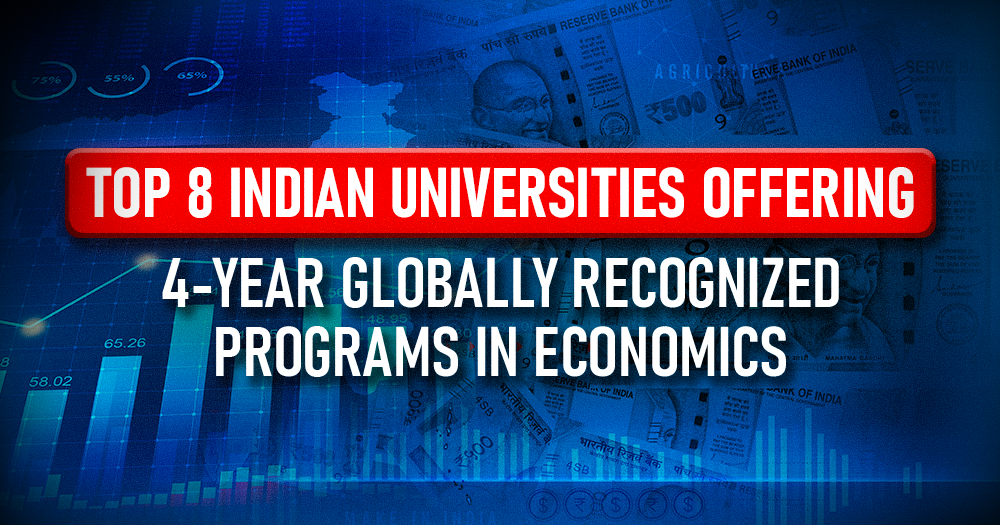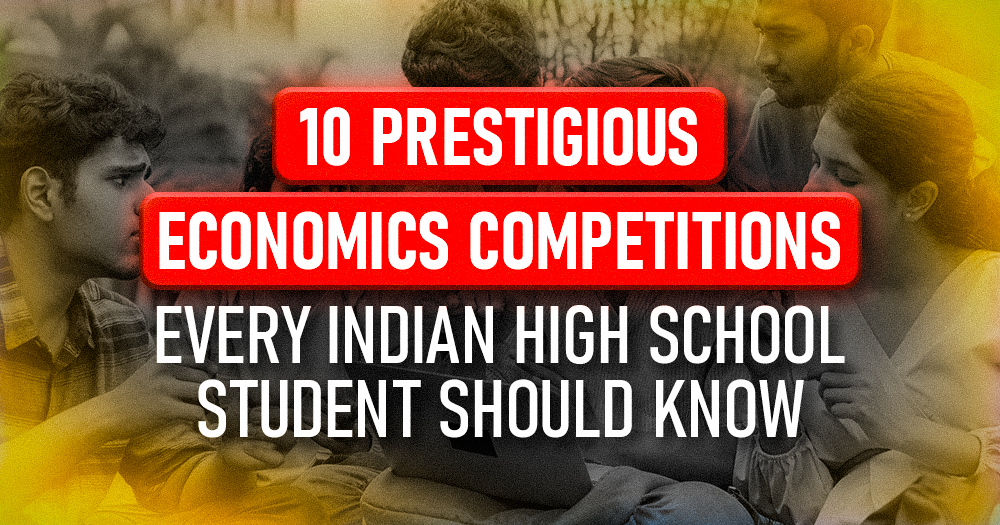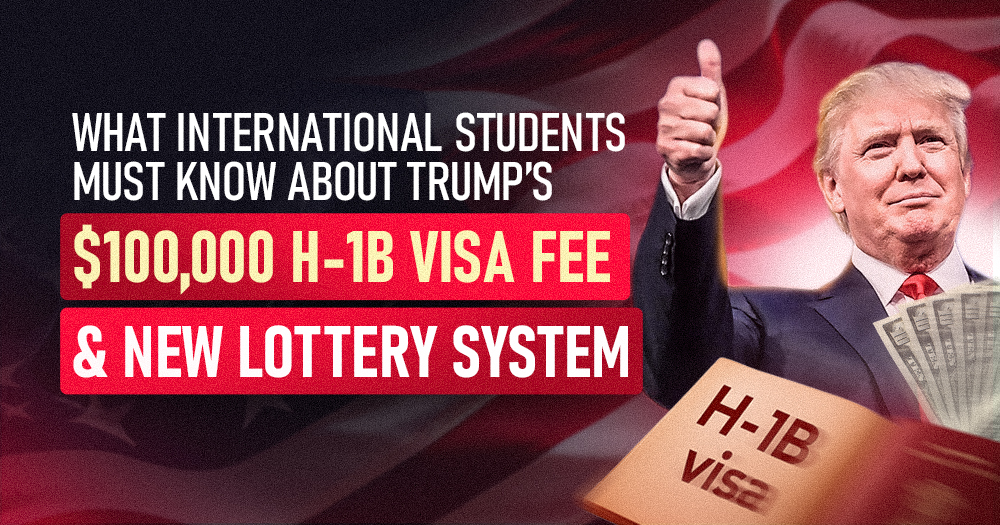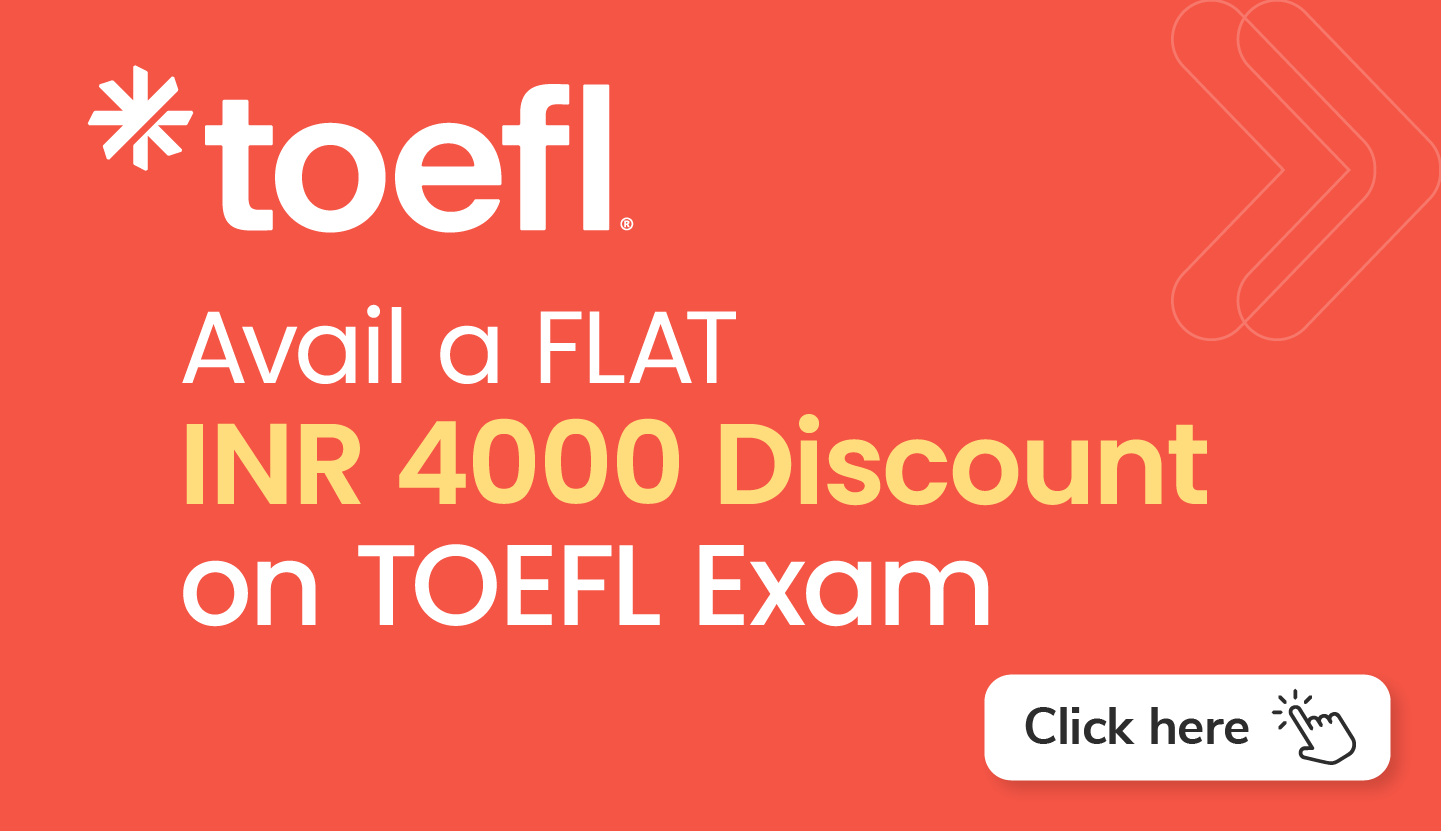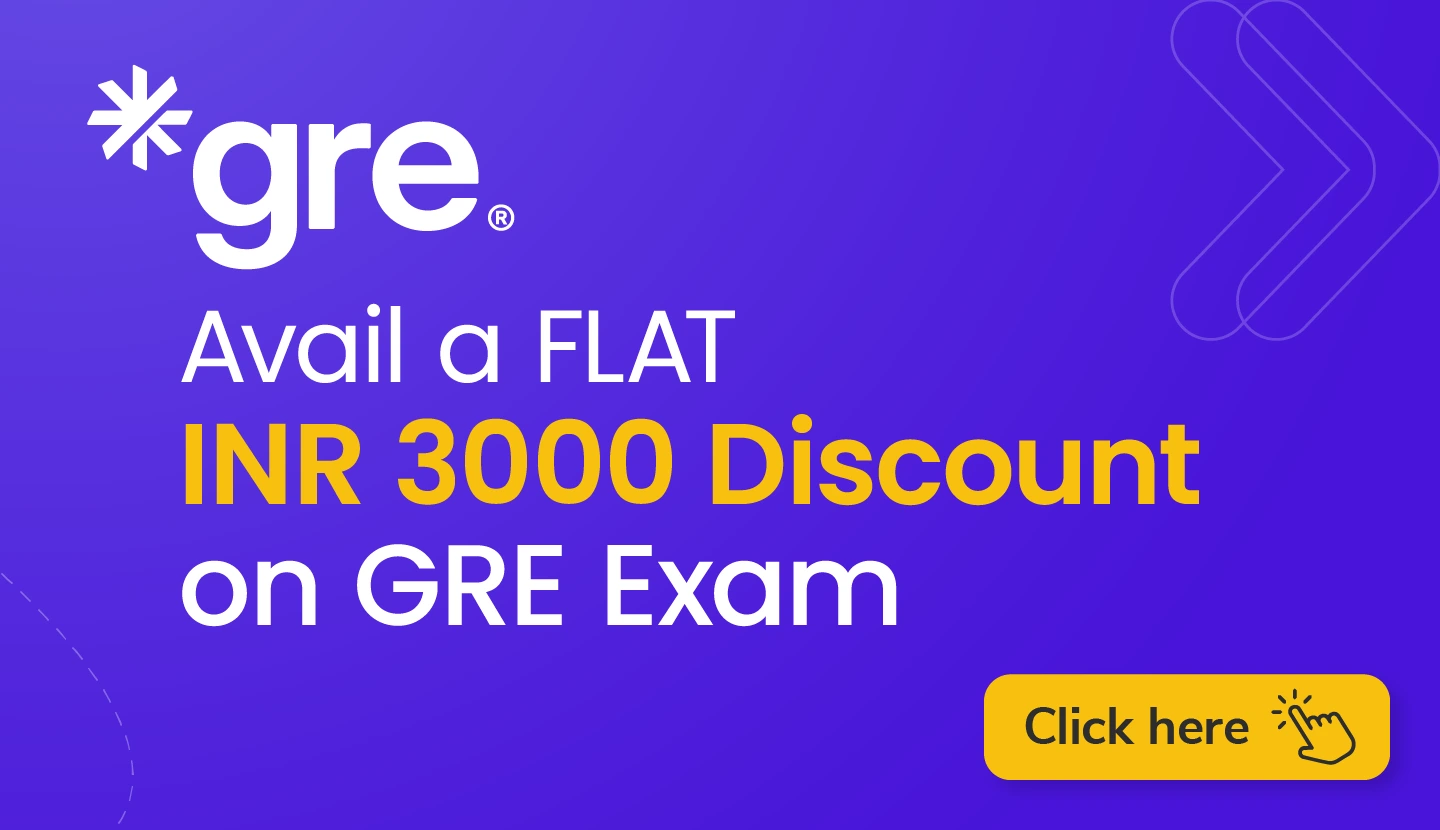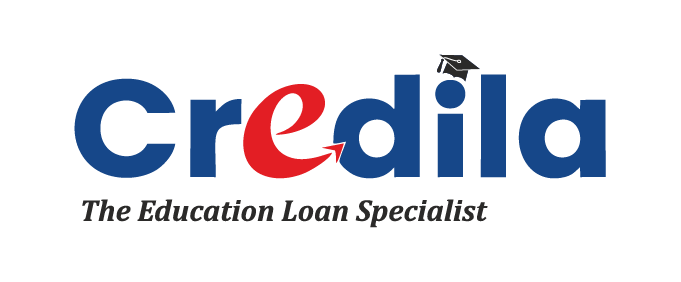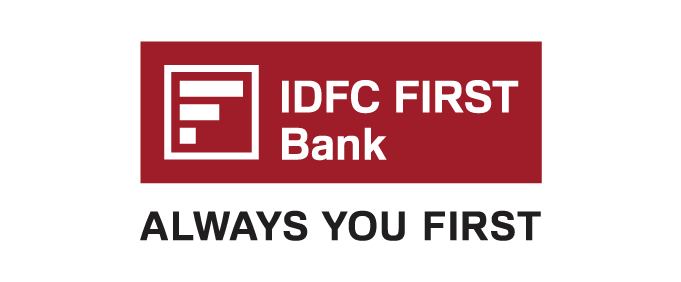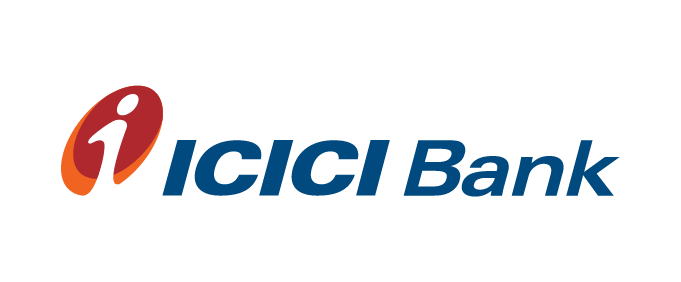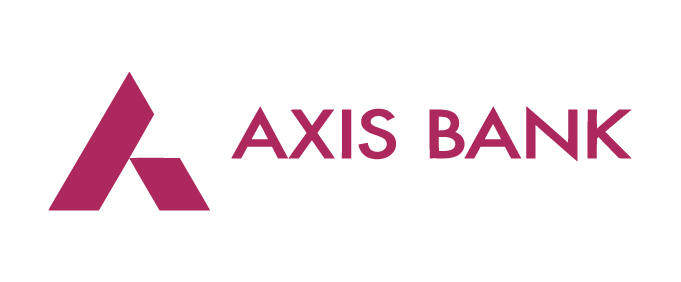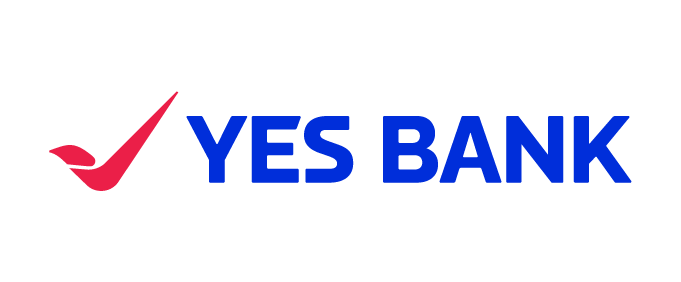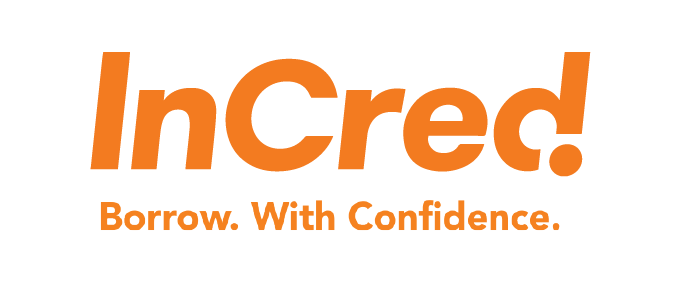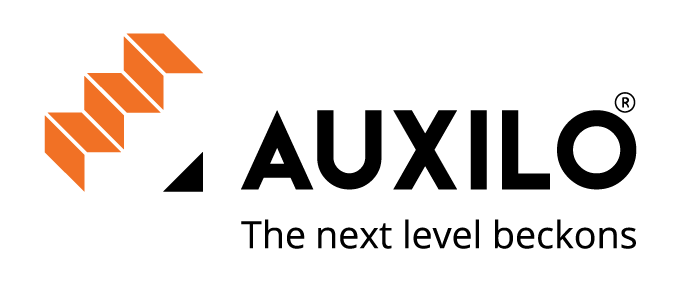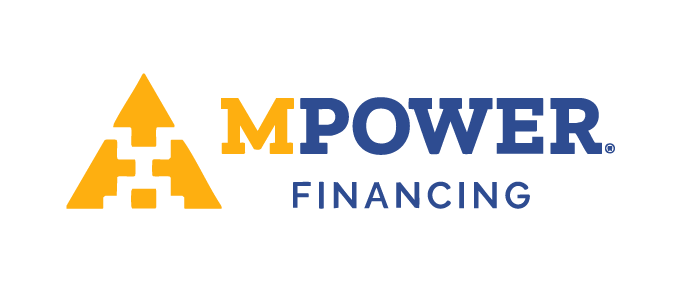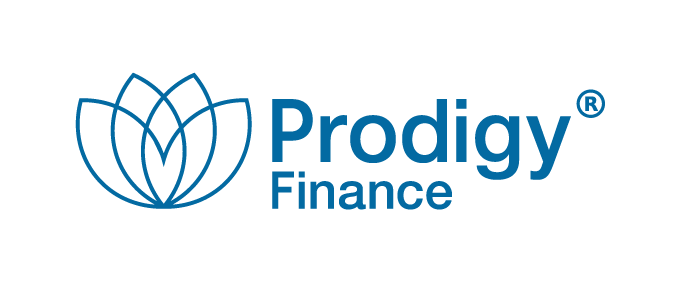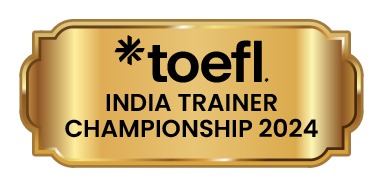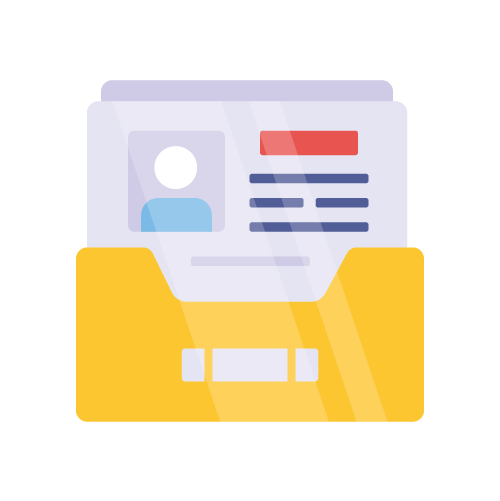Discover all that you must be aware of regarding the H-1B Visa type and your prospects for securing the extended window for working in the US
If you’re an ambitious professional with big dreams and a desire to work alongside some of the brightest minds in your field, then the H-1B visa might just be the key to unlocking your full potential. Whether you’re a software engineer, a business strategist, or a medical researcher, this visa provides a unique opportunity to gain valuable experience, build a world-class network, and make a real impact on the global stage.
America has long been a land of opportunity for talented individuals from around the world. From tech titans like Sabeer Bhatia and Satya Nadella to leading experts in medicine, science, and finance, the US has always welcomed foreign talent to help drive innovation and growth in a wide range of fields. At the heart of this open-door policy lies the H-1B visa – a coveted document that grants highly skilled foreign workers the chance to pursue transformative career opportunities in America.
So, what exactly is the H-1B visa, and how can you leverage its power to achieve your career goals? Let’s find out
What is a H-1B Visa?
The H-1B visa is a non-immigrant visa that allows US companies to employ foreign workers in specialty occupations that require theoretical or technical expertise in specialized fields such as IT, finance, engineering, healthcare, and more. Foreign workers with a bachelor’s or higher degree in the field related to the job can apply for the visa, and the employer must show that the job requires a specific set of skills and qualifications that cannot be easily found in the US workforce.
Now, it is not necessary that you necessarily need to pursue a degree at an American university to get a H-1B Visa. However, there is a greater chance of obtaining the H-1B Visa if you have a Master’s or Doctoral degree from a US University.
What is the duration of the visa?
The H-1B visa allows foreign workers to work in the US for up to six years.
Initially, the visa is granted for a period of three years, and it can be extended for another three years. After the completion of six years, the foreign worker must leave the US for at least one year before being eligible to apply for another H-1B visa.
However, there are some exceptions to the six-year limit, such as if the foreign worker has started the process of obtaining permanent residency (more commonly called as (Green Card) in which case, the H-1B Visa can be extended yearly.
Frequency and Number of H-1B Visas issued
Frequency
H-1B visas are granted on an annual basis and the filing dates are between March 1 to March 17. The fiscal year for H-1B visas starts on October 1 of every year.
The visa cap for the H-1B is currently set at 85,000 per fiscal year, with 65,000 reserved for those with bachelor’s degrees or equivalent and an additional 20,000 for those with master’s degrees or higher from a US institution.
The H-1B visa is granted through a lottery system, where all the applications received within the first week of April are entered into a random selection process. The USCIS will then select applications at random until the visa cap is reached.
As can be inferred from above, students who have completed their Masters degrees from an American university stand to have an advantage due to the quota of 20,000 H-1B visas reserved for them.
Eligibility Criteria for the H-1B Visa Type
The eligibility criteria for H-1B visas include:
– Specialized Occupation
The job offered must be a “specialty occupation,” which means that it requires theoretical and practical application of a body of highly specialized knowledge and a bachelor’s degree or higher in the specific field.
– Educational Qualification
The applicant must have a minimum of a bachelor’s degree or its equivalent in the specific field of work. In some cases, work experience can be used as a substitute for education.
– Employer Sponsorship
The applicant must have an employer in the US who is willing to sponsor their H-1B visa and file a petition on their behalf.
– Prevailing Wage
The employer must pay the applicant the prevailing wage for the specific job in the area of intended employment.
– Valid Job Offer
The employer must offer the applicant a job before they can apply for the H-1B visa.
– Limited to Certain Occupations
While this is not a hard-and-fast rule, owing to the rules for granting H-1B visas, professionals in certain occupations naturally tend to have an upper hand when being considered for H-1B. Such occupations include, but are not limited to, science, technology, engineering, and mathematics (STEM) fields, healthcare, education, accounting, and business.
– No Disqualification
The applicant must not have any disqualifications or grounds of inadmissibility for the visa, such as criminal convictions, health-related issues, or national security concerns.
It’s important to note that there are other factors that can impact H-1B visa eligibility, and the visa requirements may vary depending on the specific case.
Documents Required
Most documents that are required as part of H-1B Visa application are to be submitted by the employer. This is because, as we have seen by now, it is the employer who files for the H-1B Visa on behalf of the employee.
The following is the list of documents required for filing for the H-1B Visa:
– I-129 petition filed by the employer with USCIS. This form includes information about the employer, the job duties and qualifications of the H-1B employee, and the terms of employment.
– A Labor Condition Application (LCA) filed by the employer with the Department of Labor (DOL) from where a certified Form ETA-9035E is obtained. This form is used to ensure that the employer is offering fair wages and working conditions to the H-1B employee.
– A copy of the H-1B employee’s passport, including all pages with stamps and visas.
– Educational documents, such as transcripts and diplomas, to demonstrate that the H-1B employee has the necessary qualifications for the job.
– Evidence of any relevant work experience, such as letters of recommendation or employment verification letters.
– Proof of any required licenses or certifications, if applicable.
– A copy of any relevant contracts or agreements, such as a job offer letter.
– A copy of the employer’s tax returns for the previous year, to demonstrate financial viability.
– Payment of the required H-1B visa fees.
Apart from the premium processing fee which may be paid by either the employer or the employee, the rest of the fees have to be borne by the employer
| Type of Fee | Fee Amount |
| Registration Fee | $10 |
| Basic Filing Fee | $460 for each H-1B petition |
| ACWIA (American Competitiveness and Workforce Improvement Act) fee (This fee is used to fund worker training programs) | For employers with 25 or fewer employees: $750 For employers with 26 or more employees: $ 1500 |
| Fraud Prevention and Detection fee | $ 500 |
| Public Law 114-113 fee (Applies to companies that have more than 50 employees in the US and have more than 50% of their employees on H-1B or L-1 visas) | $ 4000 |
| Premium processing fee (For expedited application processing) | $ 2500 |
Understanding the Steps involved in the H-1B Visa application process
One of the things that you need to ensure if you want to avail of the H-1B Visa benefits is that you are employed with an employer who can sponsor a H-1B Visa. The following link will help you in verifying this:
[[Check if your employer can sponsor H-1B Visa]]
Along with this, the next thing to check is if you satisfy the eligibility criteria mentioned above. Only if you do, can you dream of securing the H-1B Visa.
If both the above conditions are satisfied, and your employer deems you worthy of retaining beyond what your F-1 Visa will allow, they will have to go through the following steps to help you obtain the H-1B Visa:
1. Submit Labor Condition Application (LCA)
Once you have found an employer who is willing to sponsor your H1B visa, the employer will need to submit a Labor Condition Application (LCA) to the Department of Labor (DOL). The LCA includes details about the job, such as job title, job duties, and wage rate. The employer must attest that they will pay you the prevailing wage for the specific job in the area of intended employment.
2. File the H1B petition with USCIS
After the LCA is certified by the DOL, your employer will file the H1B visa petition with the United States Citizenship and Immigration Services (USCIS). The petition includes details about the employer, job, and your qualifications. You can read up on more details regarding the H-1B petition filing on this link.
3. Wait for USCIS decision
The USCIS will review the H1B petition and make a decision about whether to approve or deny it. If your H1B petition is approved, you will receive an approval notice, and your employer will receive a notice of approval.
4. Apply for H1B visa stamp (for applicants outside the US)
If you are outside the US, you will need to apply for an H1B visa stamp at a US embassy or consulate in your home country. If you are already in the US on another non-immigrant visa, you may be able to change your status to H1B. Enter the US: Once you have the H1B visa stamp, you can travel to the US and begin working for your H1B sponsoring employer.
H-1B Visa Processing Time
The USCIS offers two methods for H-1B visa processing
Regular Processing
While regular processing is significant cheaper, the processing can take anywhere between 2 months to 13 months
Premium Processing
H-1B visas are generally approved within 15 business days under premium processing.
It is important to submit the H-1B application to the USCIS six months before the H-1B visa start date.
Spouse and Children
H-1B visa is one of the few visas that allows family members to join the visa holder. Spouse and children under the age of 21 need to apply for the H4 visa. H4 visa holders can attend school, have bank accounts, and also work in the US, although they may have to navigate some complicated caveats.
Looking to take your career to the next level in the United States? Don’t miss out on the opportunity to secure an H-1B visa and potentially even permanent residency. Contact us today to learn more about how we can help you navigate the application process and increase your chances of success. With recent developments in the US administration prioritizing work visas for Indians, there’s never been a better time to explore your options. Let us help you make your American dream a reality.
FAQs
The H-1B visa offers several benefits, including the ability to work legally in the US for up to six years, bringing dependents on an H4 visa, gaining international work exposure, and applying for permanent residency in the US. This visa category allows highly skilled professionals to work for US companies and gain valuable work experience while also potentially pursuing a long-term career in the US. With the H-1B visa, you have the opportunity to expand your professional network, earn a competitive salary, and work in a diverse and dynamic work environment.
OPT
OPT, or Optional Practical Training, is a program that allows F-1 visa holders to gain work experience in the US related to their field of study. OPT programs typically last for 12 months, but STEM graduates can apply for an extension of an additional 24 months. While on OPT, students can consider different options for working in the US on a more permanent basis, one of which is to change their visa status from F-1 to H-1B. However, getting an H-1B visa can be challenging for students because it is an employment-based visa.
H-1B
Unlike other non-immigrant visas, the H-1B visa is “dual intent” in nature, which means that the applicant can apply for the visa with the intent of staying in the US after fulfilling the professional tenure. This allows H-1B visa holders to take steps toward lawful permanent resident status in the US. They can apply for a Green Card while holding the H-1B visa.
Green Card
The H-1B visa is a non-immigrant visa and cannot directly lead to permanent residency. To become a permanent resident, the sponsoring employer must petition for a change of the employee's visa from H-1B to Green Card. This process involves filling out the PERM Labor Certification form and the I-140 immigration petition form. After approval, the applicant fills out the I-485 form to adjust their visa status from an H-1B visa holder to a Green Card holder.
The H-1B visa cap is the annual limit on the number of H-1B visas that can be issued by the US government. Currently, this cap is at 85,000, out of which, 20,000 are reserved for graduates of Master’s programs from American universities.
Since the number of applications for H-1B visas usually exceeds the annual cap, a lottery system is used to randomly select the petitions that will be considered for further processing. This means that even if you are eligible for an H-1B visa, you may not be selected due to the cap and the high number of applications.
Therefore, the H-1B visa cap does affect your chances of getting the visa, and it's important to apply as early as possible before the cap is reached. It's also important to ensure that your application is complete, accurate, and meets all the eligibility criteria to maximize your chances of being selected in the lottery.
Yes, you can switch jobs while on an H-1B visa, but there are some rules and procedures you must follow. You will need to secure a new job offer from an employer who is willing to sponsor your H-1B visa. Once you have a new job offer, your new employer will need to file a new H-1B petition with USCIS on your behalf, and the petition must be approved before you can begin working for the new employer. You can start working for the new employer as soon as USCIS approves the new H-1B petition. It's important to note that you cannot start working for the new employer until the new H-1B petition is approved, and you should not quit your current job until you have received approval for the new H-1B petition.
If you lose your job while on an H-1B visa, your status in the US becomes uncertain. Your H-1B visa is tied to your employment, so if you lose your job, you no longer have a valid visa. However, the good news is that you do have some options to stay in the US legally.
If you lose your job, you have a grace period of 60 days to find a new employer and transfer your visa sponsorship. During this time, you can legally stay in the US and look for a new job. If you are unable to find a new employer within this period, you must leave the US.
If you are unable to find a new employer within the 60-day grace period, you may be eligible to change to a different visa status or apply for an extension of stay for a limited period of time. You may also be eligible for a new H-1B visa in the future, as long as you meet the eligibility criteria and there are visas available.
The prevailing wage is the minimum wage that employers are required to pay their H-1B employees to ensure that they are not being paid less than what is typically paid for similar jobs in the same geographic location. The prevailing wage is determined based on the job duties, skill level, and location of the position, and is set by the Department of Labor (DOL). The H-1B employer must demonstrate that they are paying the prevailing wage to the H-1B employee in order to comply with H-1B regulations. It is important to note that the prevailing wage requirement applies not only to new H-1B petitions, but also to H-1B extensions, amendments, and transfers.
To check the prevailing wage for H-1B visa, you can use the Foreign Labor Certification Data Center Online Wage Library to find the prevailing wage for a specific occupation and geographic location.






